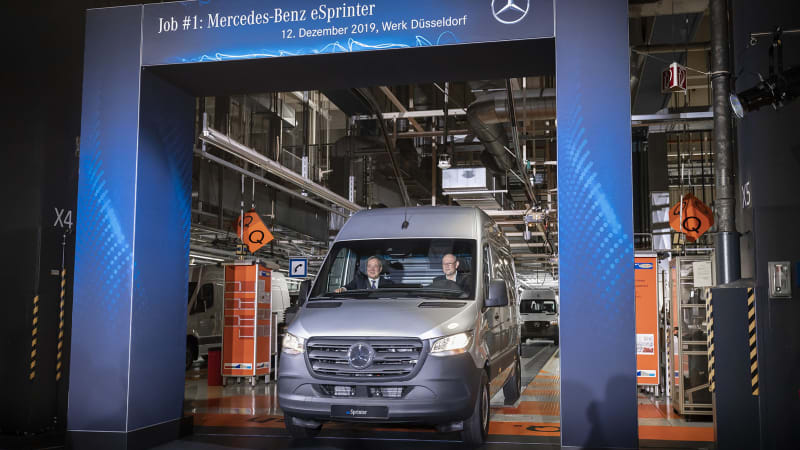Audi Repair Shop Doylestown
Call 267 279 9477 to schedule a appointment

The Mercedes-Benz plant in Dusseldorf, Germany, has been producing vans of some sort since 1962, but this month, the facility put together something it’s never built before. On Dec. 12, 2019, the first battery electric eSprinter van rolled off the line.
After Mercedes-Benz launched the svelt all-new Sprinter in 2018, the eSprinter was announced for 2019. To prepare for the new Sprinter lineup, Benz has been retooling the Dusseldorf plant throughout the past few years. In total, an estimated $367 million was invested toward the expansion. Eventually, workers will be able to manufacture gas, diesel, and electric vans all on the same production line. Mercedes-Benz named the Dusseldorf its “competence center for electric drives,” and as such, it has trained approximately 2,400 employees to work on the electric technology.
The first eSprinter built is a front-wheel-drive high-roof panel van that makes 114 horsepower and 221 lb-ft of torque. Maintaining the Sprinter’s cargo volume, the battery is located in the floor of the vehicle, and customers will have the choice between two battery sizes. With four battery units, the eSprinter has a capacity of 55 kWh. That’s good for an estimated range of 104 miles and maximum payload of 1,964 pounds. A second option, which uses only three battery units, has a capacity of 35 kWh. It has a range of 71 miles, and due to the lesser weight of the pack, it has a higher max payload of 2,293 pounds. With integrated fast-charging, the eSprinter is capable of charging 80 percent of its battery in 30 minutes, Mercedes says.
In addition to making its Dusseldorf plant more flexible, Mercedes-Benz also plans to make its van production carbon dioxide-neutral by 2022. By that year, the company hopes to purchase energy from 100% renewable sources only.
from Autoblog https://ift.tt/34FgOS6
